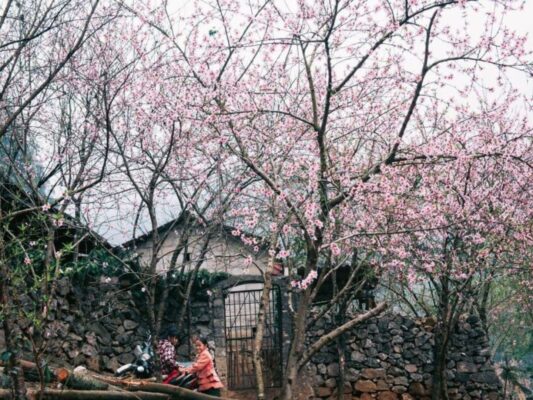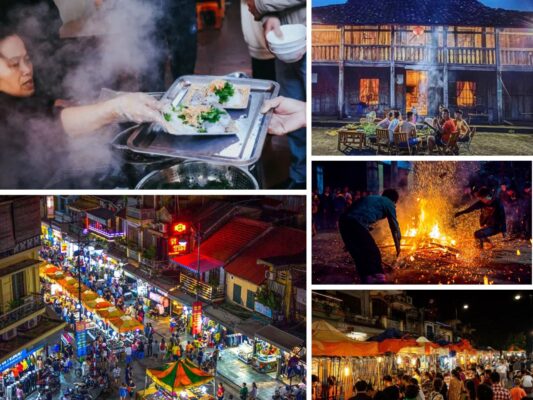Gau Tao Festival: Empowering Traditions in Full Swing
The Gau Tao Festival is a wonderful celebration, but many people find it hard to know all the details and miss out on the best parts. Don’t worry! Read our article to get all the important information you need. We’ll guide you through everything to make sure you enjoy the Gau Tao Festival to the fullest. Don’t miss a thing and get the most from your experience!
The History of Gau Tao Festival
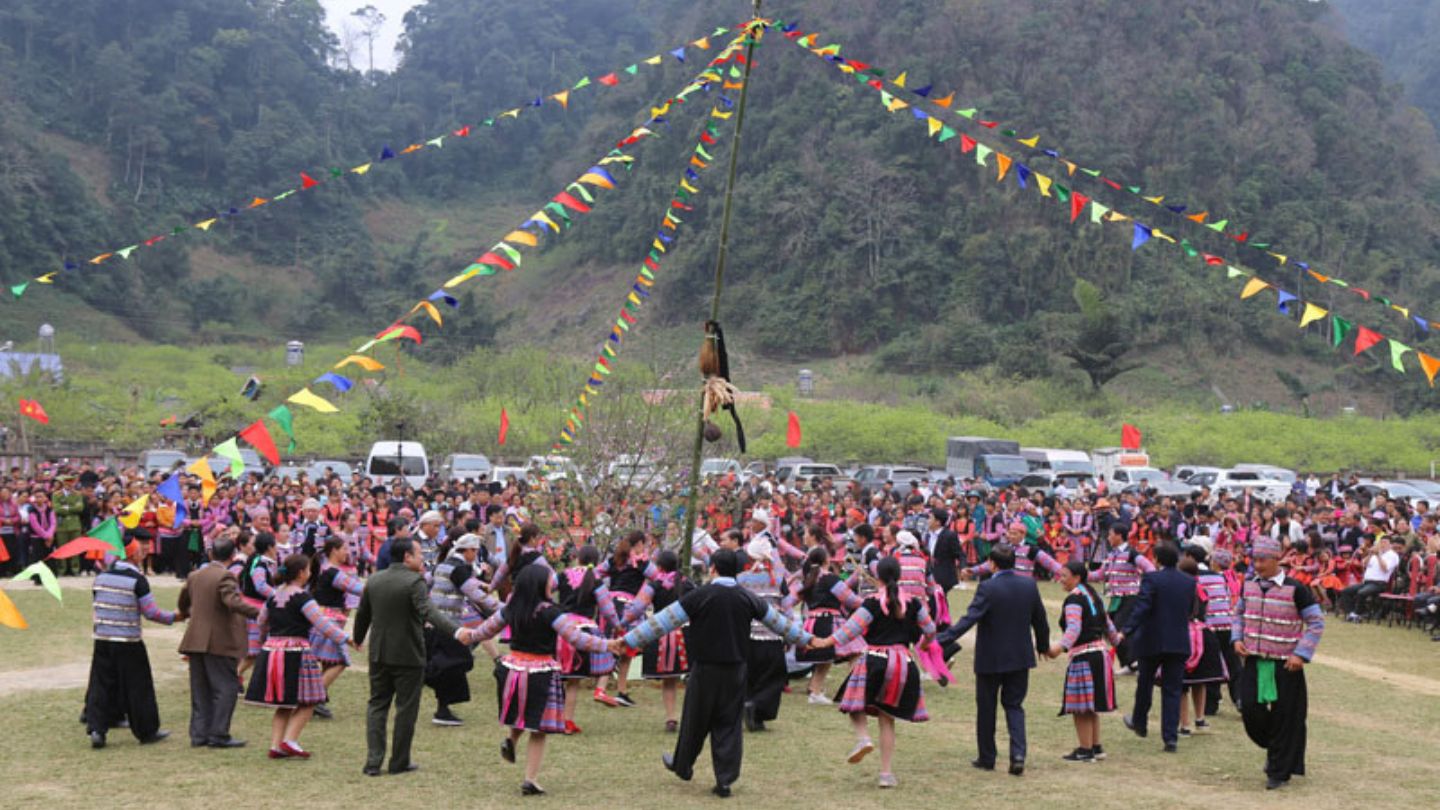
Gau Tao means “playing ground” in H’Mong culture, and it has such a cool story behind it! A long time ago, if a couple couldn’t have children, the husband would go to sacred hills to pray for a son. He would promise to hold a small festival if his wife got pregnant. And guess what? When they finally had a baby, they kept their promise and threw a big celebration – the Gau Tao festival!
It all started with families praying for children, but only the rich could afford to host it back then, because it was pretty expensive. But as time passed, the local leaders realized how important this tradition was for the community. Now, it’s not just about having children. People come together to pray for good crops, health, luck, and prosperity. It’s a beautiful celebration for everyone!
Gau Tao Festival: When Is It Celebrated?
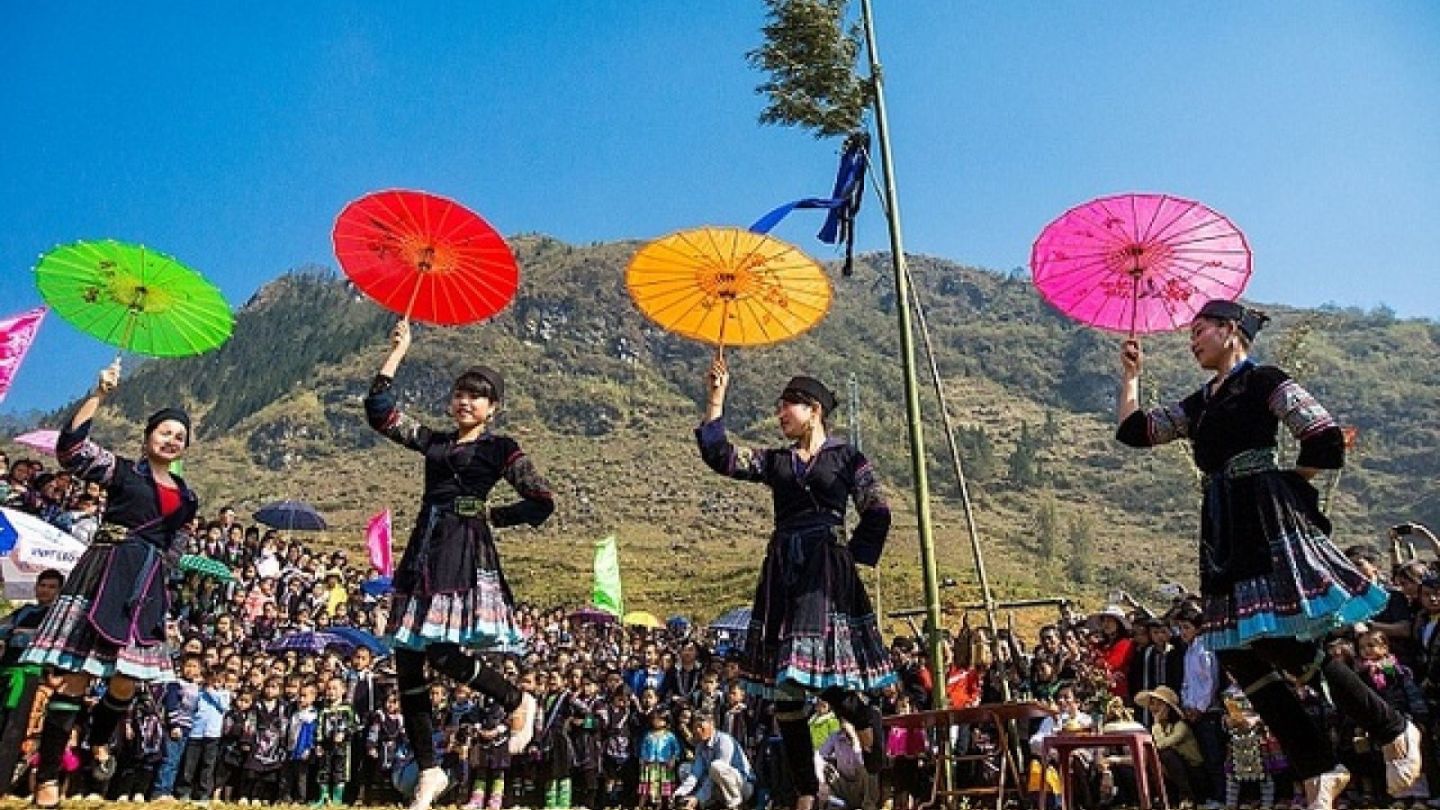
The Gau Tao Festival is celebrated from the 2nd to the 4th of January in the lunar calendar. The exact dates can change based on the age of the head of the family. Families gather to celebrate this important festival, honoring their traditions. The festival happens every few years, depending on when the family decides to hold it. It’s a special time for the H’Mong people.
The Gau Tao Festival, meaning “recreation place” in H’Mong language or “jumping over mountain” in Quan Hoa dialect, is also called the Sai San Festival. It is known as the Hoa Son Festival among H’Mong people in China.
The Significance of Gau Tao Festival
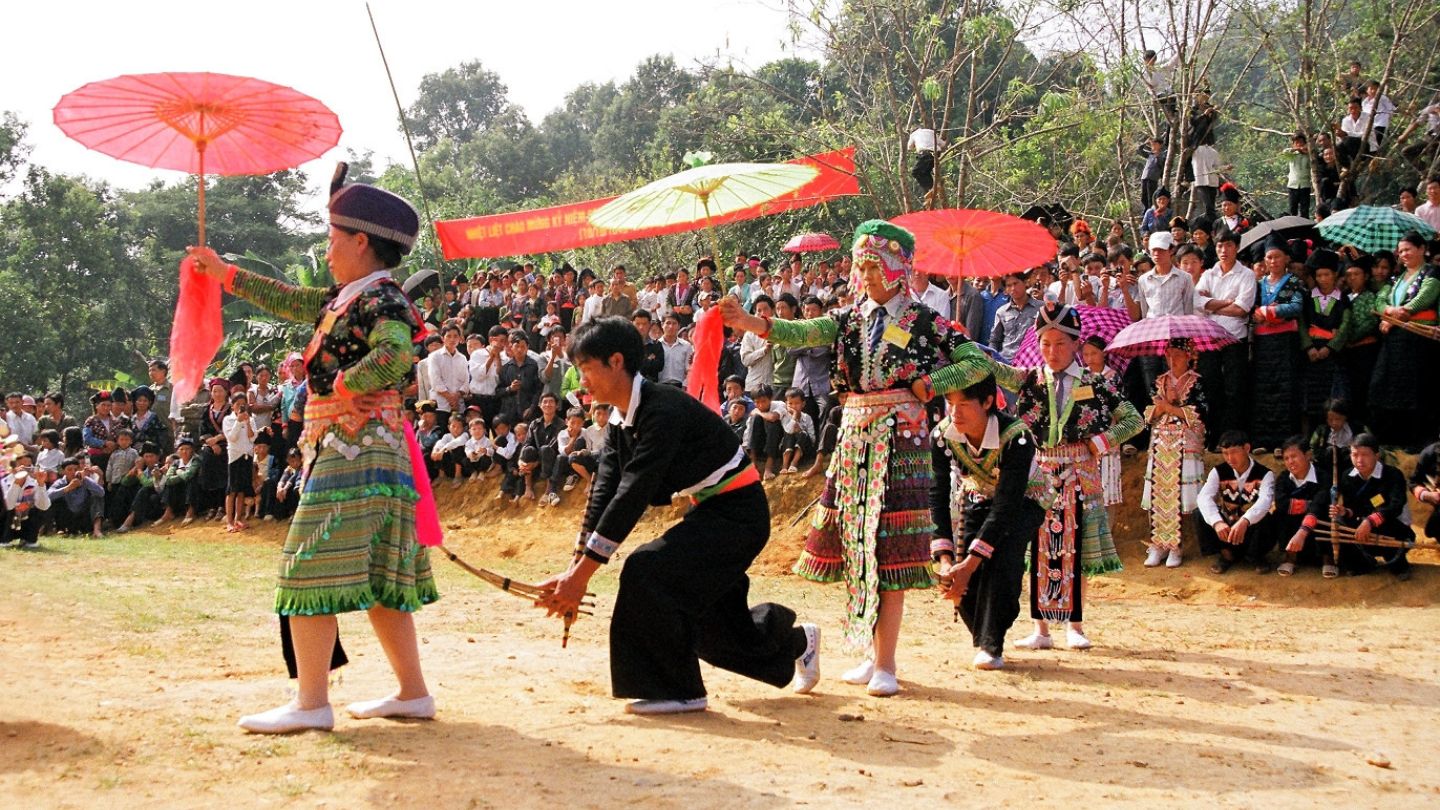
The Gau Tao Festival is one of the oldest Ha Giang festivals in the H’Mong community, and it’s been celebrated for hundreds of years! It’s such an important event for the people and for the nearby villages.
The H’Mong believe that if they want good health or more children, they can go to a small hill called Gau Tao to pray to the gods and their ancestors. It’s also seen as a way to show the strength of the breadwinner in the family.
Fun fact: the lower part of the hill is thought to bring bad luck, while the higher areas are linked to prosperity and good luck in the future! During this festival, boys and girls get to show off their talents, and even meet possible partners! It’s a joyful celebration full of hope and good wishes for the future!
Key Features of Gau Tao Festival
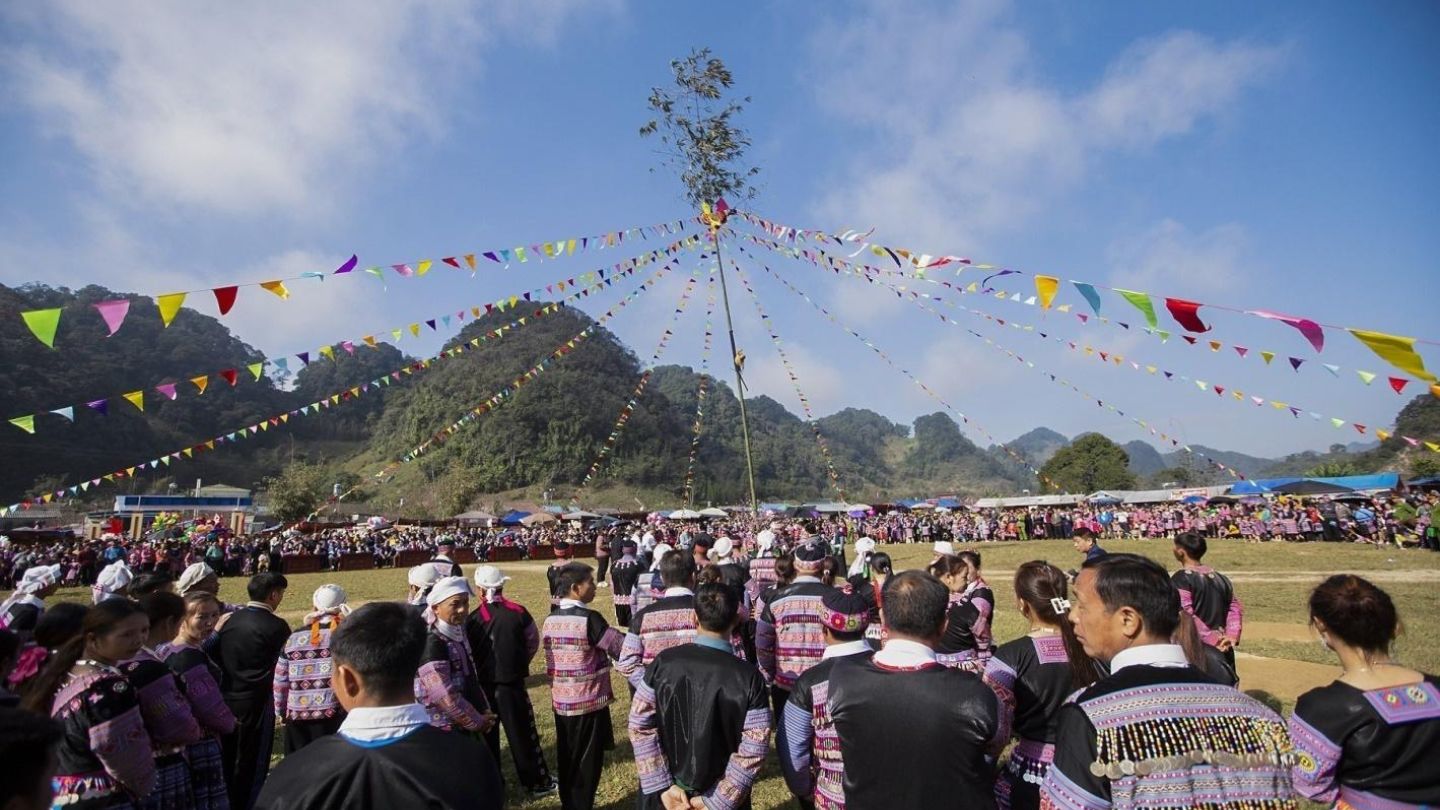
1. Preparations for Gau Tao Festival
The Gau Tao Festival happens in the first lunar month, but the preparations actually start much earlier, around November, and go all the way through December. One of the most important parts of the festival is planting and cutting the “nêu” tree, also called the New Year tree. This bamboo tree is really special because it’s believed to protect people from evil spirits and bring good luck! Locals pick a strong, healthy tree with no damage or pests. Before cutting it down, they say a prayer to the gods. The tree must fall facing east, and it’s really important that no one steps over it once it’s on the ground.
Before planting the tree, a worshiper sacrifices a chicken and prays to the mountain gods to get permission for the festival. Then, the tree becomes a “ladder” for offerings to the gods! People hang things like an indigo strip, money, and bundles of corn or rice on it.
2. Celebration Day: Gau Tao Festival
The Gau Tao Festival has two main parts: the ritual and the celebration.
- The ritual is for the organizing family. They prepare a meal for their ancestors on the family altar, and a shaman helps connect them with the ancestors, calling their souls back to pray for them. The host also plants a tall tree in the center of the festival area, hanging a bag of alcohol and a red strip on it. This is done to call the Gods and announce the festival to the whole village. It’s a beautiful way to honor tradition and invite blessings!
- The second part of the event is the festival, and wow, it’s so much fun! It’s for everyone – guests and villagers alike. There are cool activities like sport fights and crossbow shooting! Plus, it’s a great chance for boys and girls to meet, maybe even find love, through fun activities like flute dancing and singing contests. The Gau Tao Festival usually lasts for about 3 to 5 days and happens a few times each year. It’s a super joyful time full of tradition, fun, and new connections.
3. Post-Festival Reflections
After the festival, the host thanks the Earth, Heaven, and Gods for the family’s well-being. They remove the “neu” tree, burn worship papers, and spray wine around. Then, an indigo strip is tied to the house door as a symbol of God’s protection. The “neu” tree is used to make a bamboo mat. But here’s the cool part – only a special boy and girl or a newlywed couple can do this! It’s believed to bring good children and keep the family safe from evil. This is definitely one of the most exciting activities in your Ha Giang travel guide, offering a unique experience you won’t want to miss!
Conclusion
The Gau Tao Festival is such a special time for everyone! It’s all about coming together to celebrate with family and friends. You’ll see amazing food, music, and fun activities that make the whole event feel lively and full of joy. People just enjoy the moment, sharing laughs and making memories that last. It’s a beautiful way to appreciate culture and feel connected. So, let’s dive in and have a blast at this incredible festival!
FAQs
How can visitors experience the Gau Tao Festival?
Visitors can immerse themselves in the Gau Tao Festival by attending public events, participating in community activities, and enjoying traditional foods. Engaging with locals provides a deeper understanding of the festival’s significance and cultural nuances.
Are there any specific clothing traditions for the Gau Tao Festival?
Yes, many participants wear traditional clothing, such as silk garments or costumes representative of local heritage. These outfits enhance the festive spirit and reflect cultural pride during performances and community gatherings.
How do families honor their ancestors during Gau Tao Festival?
Families honor ancestors by preparing altars with food, incense, and symbolic items. They pray and perform rituals to invite and welcome ancestral spirits, showing respect and gratitude for guidance and support throughout the year.


